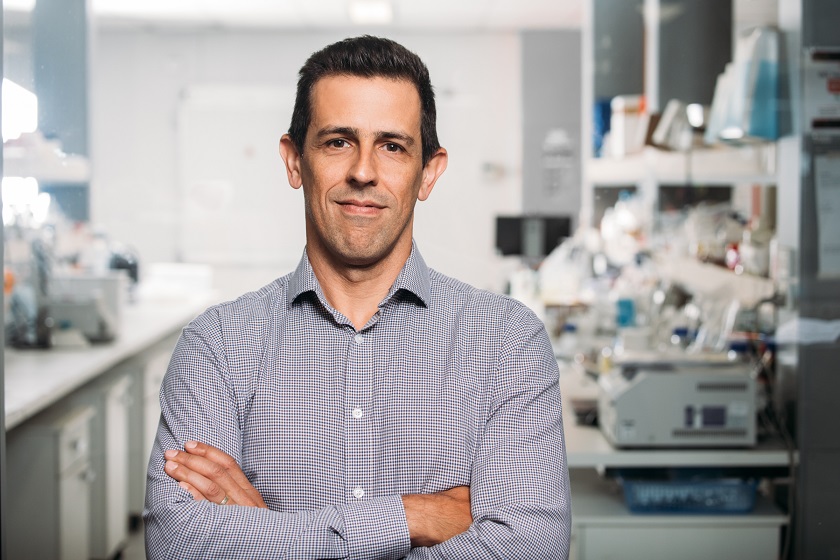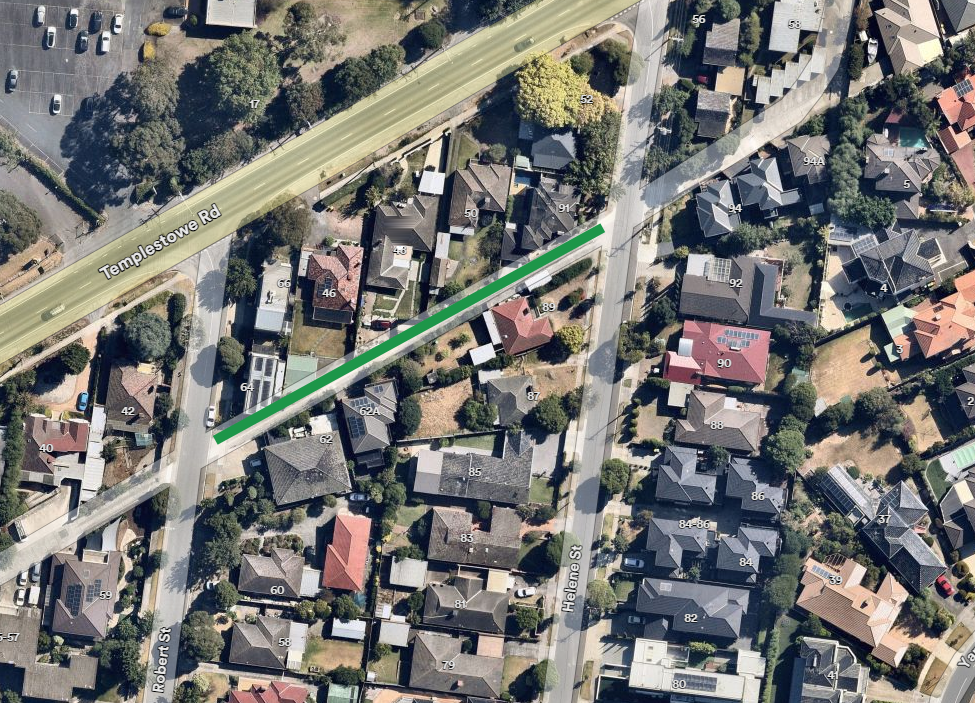The discovery of asbestos in mulch at Campbelltown Hospital and a Liverpool Public School is the latest evidence that contaminated materials are being moved around Sydney and NSW with no oversight.
Greens MP and spokesperson for the Environment Sue Higginson said “We knew 2 weeks ago that the asbestos at the Rozelle Parklands was just the tip of the iceberg and that more contamination discoveries were inevitable,”
“The Environment Protection Authority is responding as best they can, but the sheer scale of this issue cannot be overstated. Around 13% of mulch tested by the EPA over the last 2 weeks has returned positive results for asbestos. This unacceptably high and we don’t even know how many mulch providers may be dealing with contaminated materials, let alone where else asbestos will turn up in the coming weeks and months,”
“There needs to be an urgent and at scale mobilisation of resources, led by the NSW Government, to discover how many mulch businesses have been distributing asbestos to schools, hospitals and playgrounds. There must be a moratorium on the movement of materials that may be contaminated because without that, more asbestos is being distributed while the EPA is chasing down leads,”
“More than 700 thousand tonnes of this material is produced every year and estimates show that around half of it is likely contaminated with asbestos and other harmful materials. We cannot allow this stuff to be spread across the state, especially at schools and playgrounds, but we also can’t afford to simply throw all of it into a landfill because there isn’t enough landfill in NSW to accommodate it,”
“The former Government ignored these issues when they were first raised, they prioritised corporate interests over community and environmental safety. The community rightly expect better from Labor and without action, this problem will grow and grow,”
“NSW needs to urgently start tracing potentially contaminated materials and consider how we solve this issue. Investment in a circular economy that is informed by human and environmental safety and backed up with rigorous liability and enforcement is the only way we can tackle this issue,” Ms Higginson said.







